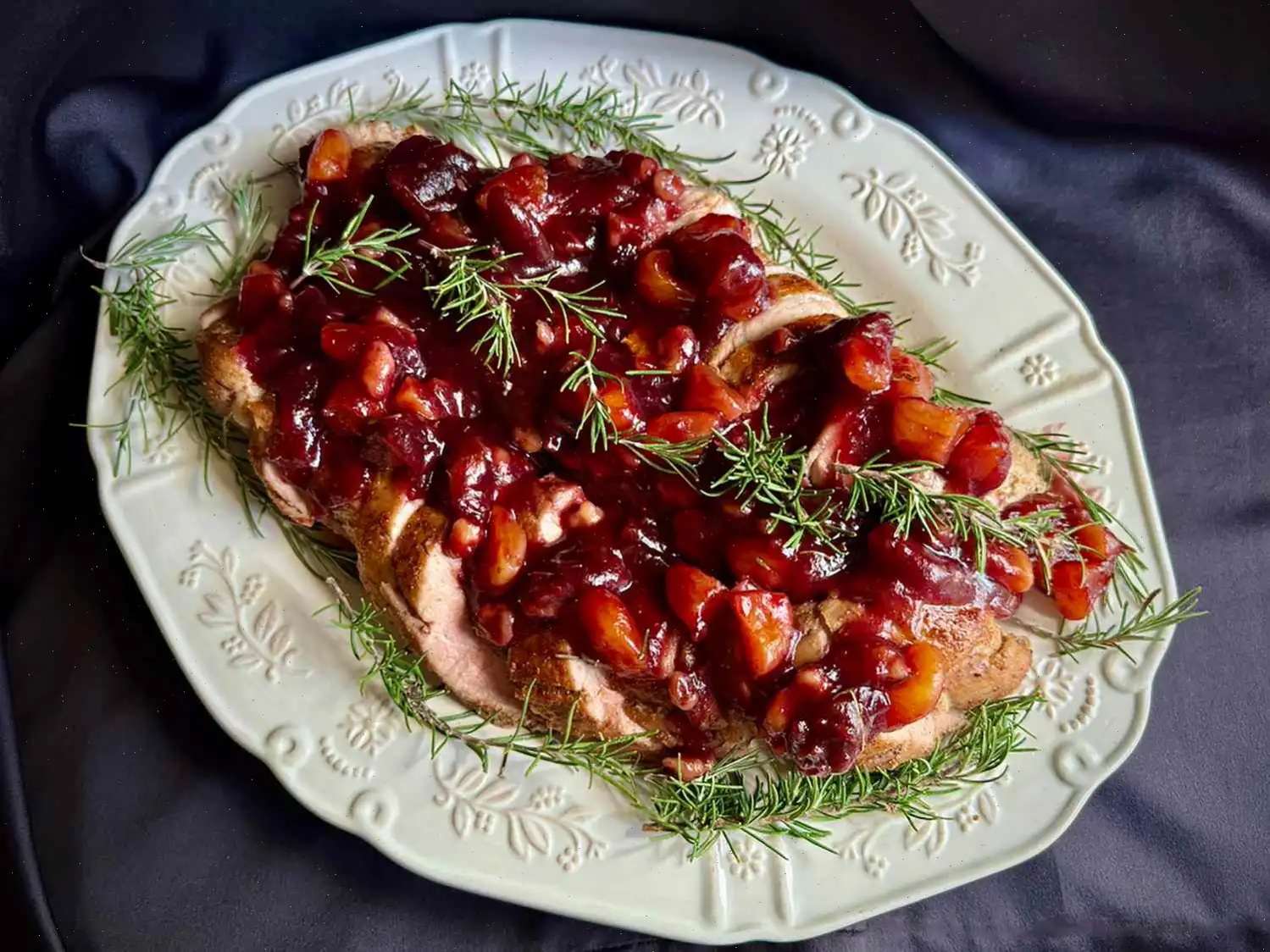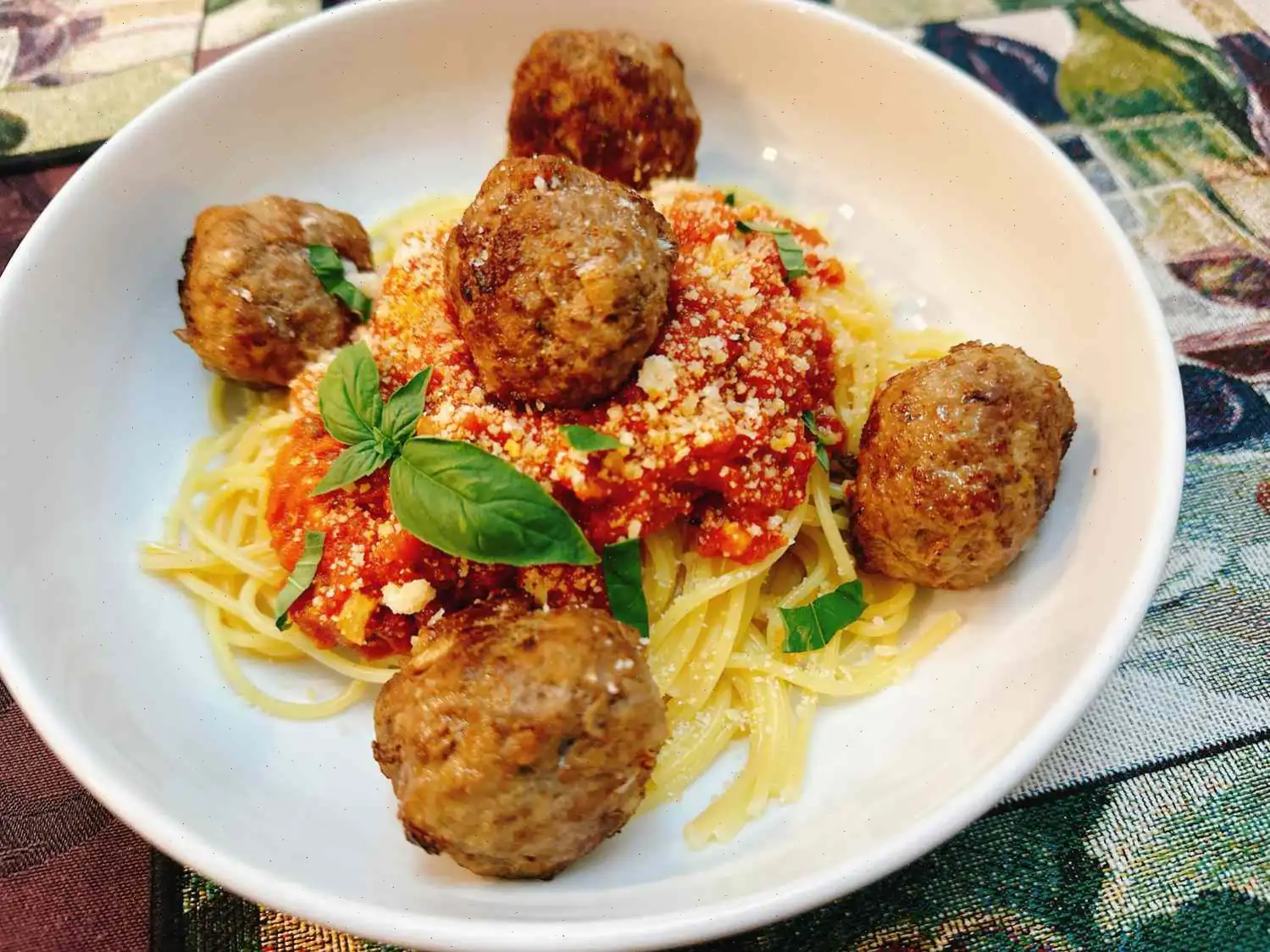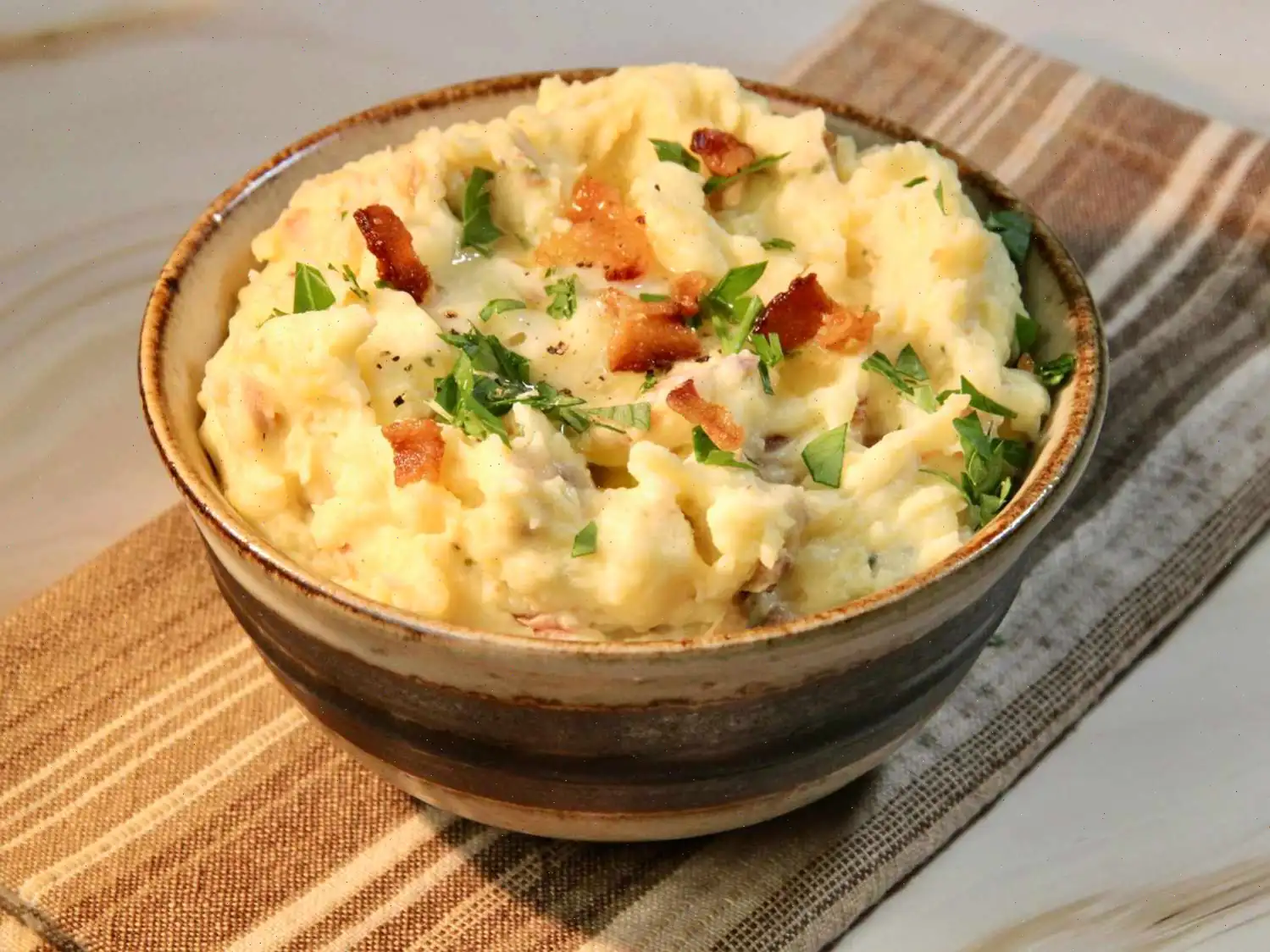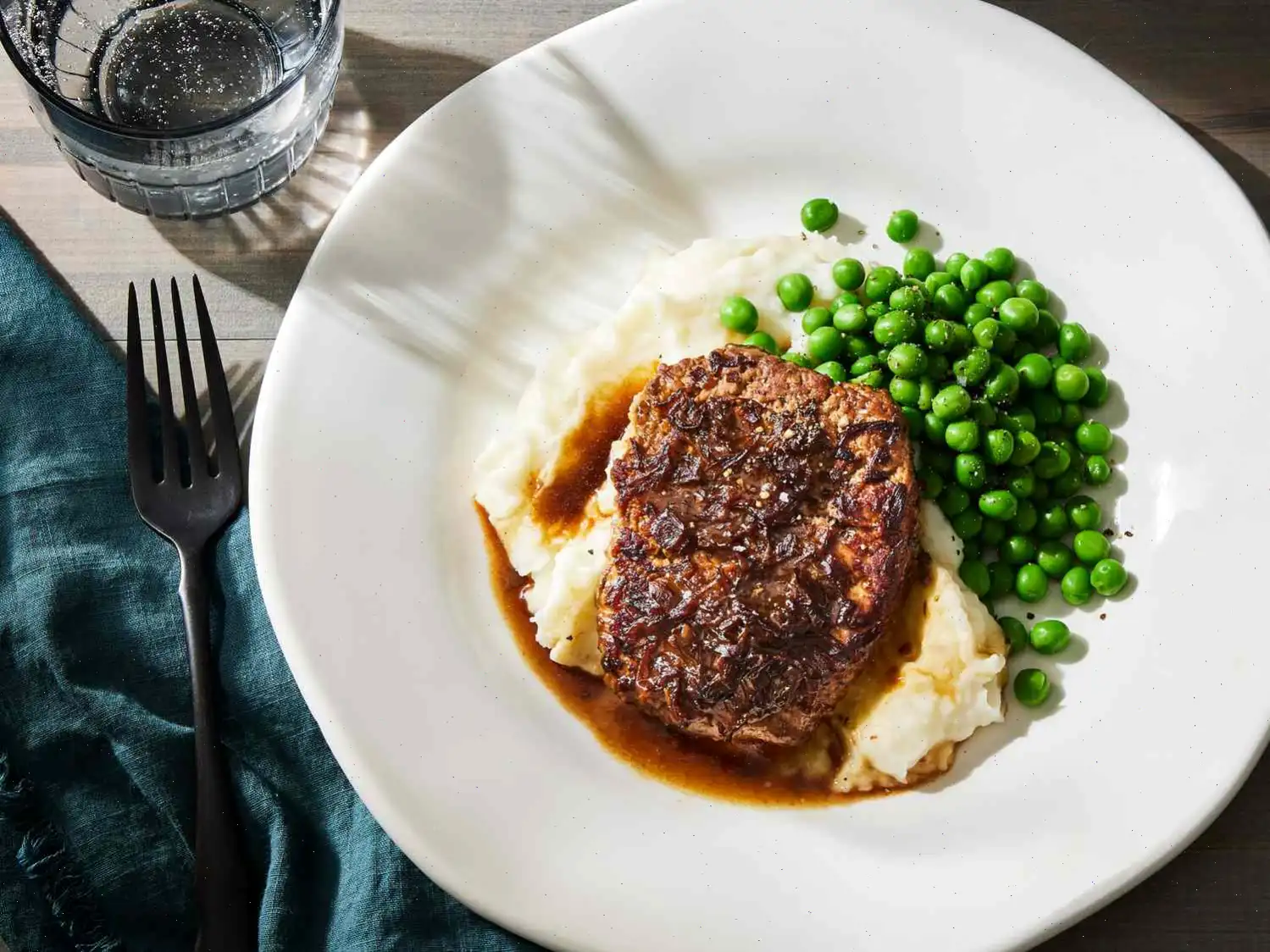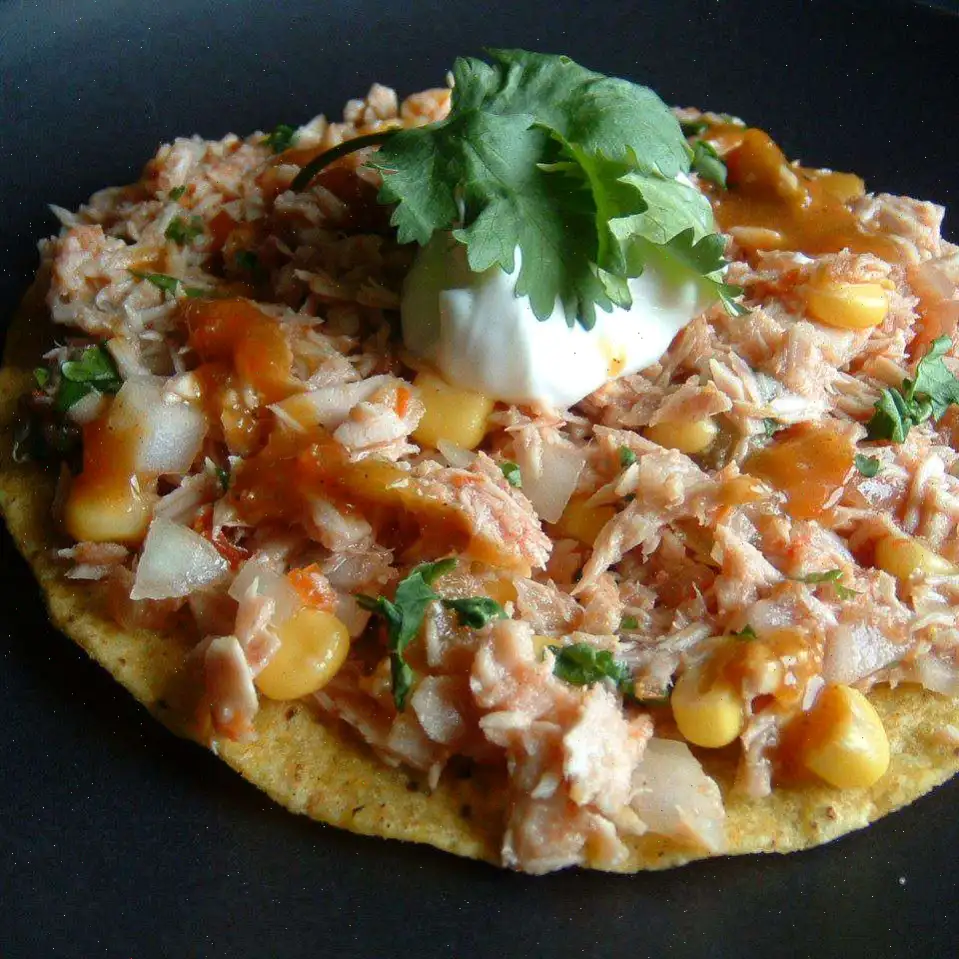
Pork Tenderloins with Cranberries, Walnuts, and Dried Fruit Recipe
Ingredients:
- 1 teaspoon ground ginger
- 2 tablespoons light brown sugar
- 1/2 teaspoon chipotle chili powder (or to taste)
- 1/2 teaspoon salt (or to taste)
- 1/4 teaspoon freshly ground black pepper (or to taste)
- 2 (1 1/2 pound) pork tenderloins
- 2 tablespoons olive oil
- 1 (14 ounce) can jellied cranberry sauce
- 1 orange, zested and juiced
- 2 tablespoons lemon juice
- 1/3 cup chopped dried apricots
- 1/3 cup chopped dried figs
- 1/3 cup chopped walnuts
- 1 tablespoon minced fresh rosemary
- Fresh rosemary sprigs, for garnish (optional)
Directions:
- Preheat the oven to 425F (220C). Line a sheet pan with aluminum foil.
- In a small bowl, combine the ground ginger, light brown sugar, chipotle chili powder, salt, and black pepper. Set the seasoning mix aside.
- Take the pork tenderloins and fold about 2 to 3 inches of the thin ends underneath. Tie the ends with kitchen string twice to hold their shape during roasting.
- Drizzle 1 tablespoon of olive oil over each tenderloin. Sprinkle the prepared seasoning mix evenly over both tenderloins and gently rub to distribute the spices.
- Place the seasoned tenderloins on the prepared sheet pan. Roast in the preheated oven for 20 to 25 minutes, or until an instant-read thermometer inserted into the center of the pork reaches 135F (57C). The internal temperature will rise to 145F (63C) as the meat rests.
- Remove the tenderloins from the oven and tent them loosely with foil. Let the pork rest for about 10 minutes to allow the juices to redistribute.
- While the pork is resting, prepare the cranberry sauce. In a small saucepan, melt the jellied cranberry sauce over low heat, stirring occasionally. Once melted, stir in the orange zest, orange juice, and lemon juice.
- Add the chopped apricots, figs, walnuts, and minced rosemary to the saucepan. Bring the mixture to a boil, then remove it from heat. Let it stand until the pork is ready to serve.
- Slice the rested tenderloins into medallions and arrange them on a serving platter. Spoon the cranberry-apricot sauce over the pork slices.
- If desired, garnish the platter with fresh rosemary sprigs before serving.
Nutrition Facts (per serving):
- Calories: 579
- Total Fat: 18g (23% DV)
- Saturated Fat: 4g (21% DV)
- Cholesterol: 166mg (55% DV)
- Sodium: 319mg (14% DV)
- Total Carbohydrate: 42g (15% DV)
- Dietary Fiber: 3g (11% DV)
- Total Sugars: 32g
- Protein: 62g (123% DV)
- Vitamin C: 34mg (38% DV)
- Calcium: 54mg (4% DV)
- Iron: 4mg (21% DV)
- Potassium: 1296mg (28% DV)
The Story Behind Pork Tenderloins with Cranberries, Walnuts, and Dried Fruit
This dish represents a harmonious blend of sweet and savory flavors, a culinary tradition that has roots in American holiday and festive cooking. The combination of pork with fruit dates back to early European settlers who brought recipes using preserved fruits and nuts to North America. Over time, these ingredients became staples in seasonal dishes, particularly around autumn and winter holidays, when cranberries and dried fruits were plentiful. The use of walnuts and figs adds texture and depth, reflecting a heritage of incorporating locally available nuts and dried produce into hearty main courses.
Regional Variations and Characteristics
Although this recipe is considered American, its flavor profile is reminiscent of New England cuisine, where cranberries are native. In the southern United States, similar recipes may include pecans instead of walnuts, or even peaches in place of dried apricots. Some Midwestern adaptations might add a splash of apple cider or maple syrup to enhance the natural sweetness of the pork. The dishs versatility allows chefs to adapt it based on regional fruits and nuts, making it a living example of local culinary influence on traditional meat dishes.
How It Differs from Similar Dishes
Unlike a simple roasted pork tenderloin, this recipe incorporates a sweet-tart sauce made from jellied cranberry, citrus, and dried fruit, which adds complexity and richness. Unlike pork with apples or prunes, which leans heavily on a single fruit flavor, this dish balances multiple fruits and nuts, creating layers of taste and texture. The inclusion of rosemary and chipotle chili powder further distinguishes it by adding herbal and mild smoky notes that complement both the pork and the fruit.
Where Its Typically Served
Pork tenderloins with cranberries, walnuts, and dried fruit are commonly served during special occasions, family gatherings, or holiday dinners such as Thanksgiving or Christmas. It is often presented on large serving platters, making it suitable for sharing at communal meals. Upscale restaurants also feature variations as a festive entre, highlighting the dishs elegant presentation and balance of flavors. Its visually appealing combination of golden roasted pork and colorful fruit sauce makes it a centerpiece on the dining table.
Interesting Facts
- Cranberries were used by Native Americans long before European settlers arrived, both as a food source and as a natural preservative in sauces and dried forms.
- The combination of sweet fruit with pork has been a culinary tradition across many cultures, from European medieval recipes to modern American adaptations.
- Using dried fruits like apricots and figs adds not only sweetness but also a chewy texture that contrasts with the tender, juicy pork.
- Walnuts provide healthy fats and a subtle bitterness that balances the sweetness of cranberries and dried fruits.
- The dishs rapid cooking timeabout 45 minutes from prep to tablemakes it practical for weeknight dinners while still appearing sophisticated enough for company.
You can listen to this recipe in AI audio format. Simply click the play button below to listen to the content in a format that suits you best. It’s a great way to absorb information on the go!


